For the majority of Singaporeans, having a lift at their HDB block is an integral part of life. You get home after a long day, shuffle into the shiny metal box, push a button and exit at your floor.
This daily act is simple and mindless, and its presence is steadfast and unwavering in our lives.
1. Not all HDB blocks have lifts
However, out of the 10,000 residential HDB blocks, there are around 150 blocks that still lack lift access. That’s about 2000 households in Singapore who have no choice but to climb the stairs in order to get home.
This is due to the combination of high costs and existing technical and site constraints. In some cases, the financial outlay of building the lifts could cost as much as S$200,000 per household – almost as much as purchasing a new flat outright!

To be fair, the Singapore government has done its best to ensure residents in need, such as the elderly or those with medical or mobility issues, have access to lifts through the Lift Upgrading Programme (LUP). Prior to its introduction two decades ago in 2001, more than 5,300 HDB blocks lacked full direct lift access.
Currently, various methods are being explored to reduce both the cost and technical barriers for implementing the lifts in the remaining flats.
2. Tapping on the S$30,000 grant
Residents ineligible for the LUP can tap on the Lift Access Housing Grant (LHG) of up to S$30,000 to move into a new or resale flat with direct lift access.
The grant is for individuals who have mobility or medical issues and experience trouble navigating the floors without lift access. Most applicants would be elderly folks with existing health issues and have to take frequent breaks when walking to the lifts. What may be a minute-long walk for most of us may take them 10 minutes as some struggle to climb the stairs to the lifts.
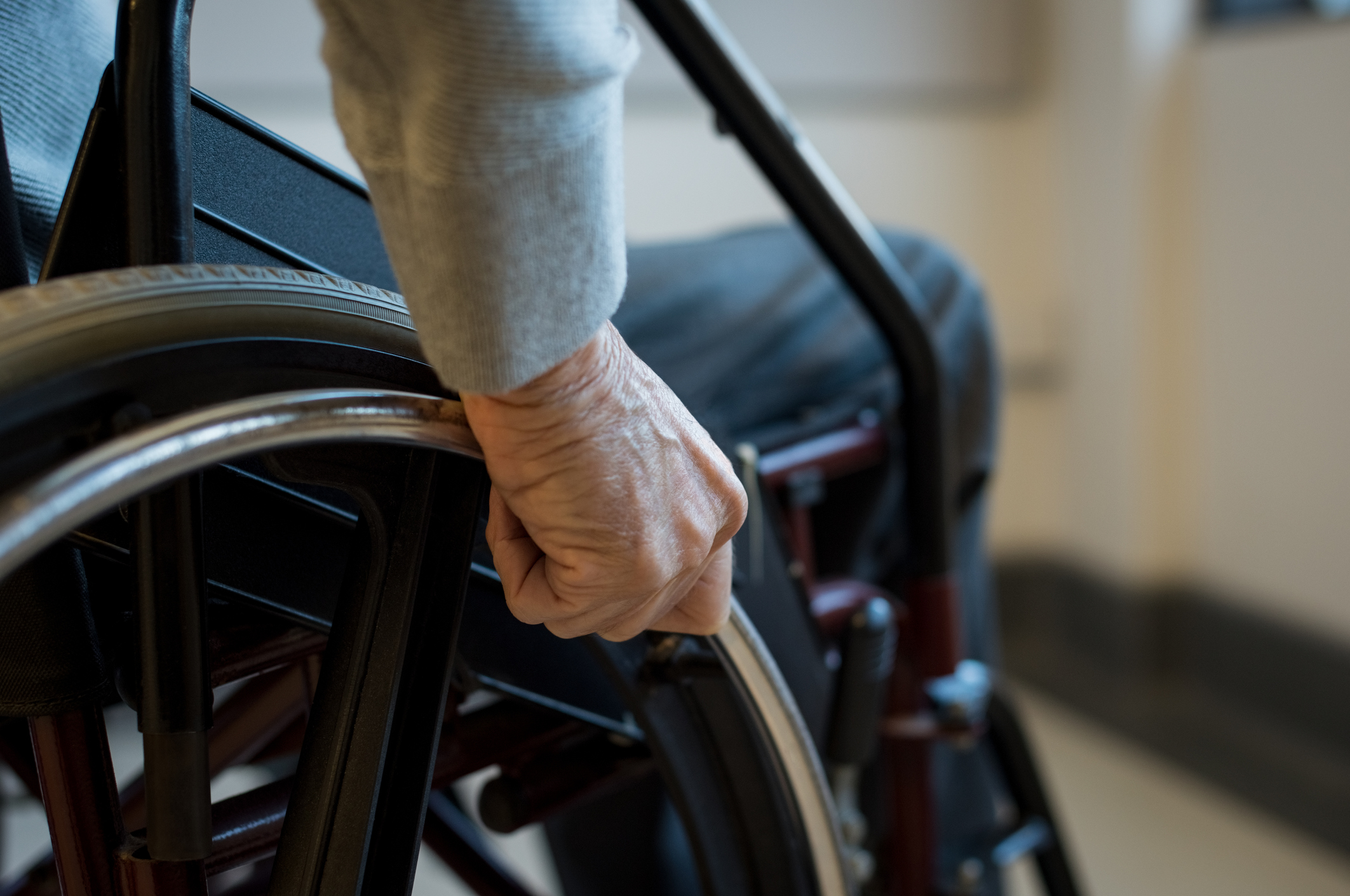
Some residents hesitate to take up the grant, citing factors such as being retired and not being able to afford a new flat or having to downgrade to a smaller living space. Some are hopeful for their residence to undergo the Selective En bloc Redevelopment Scheme (SERS), opting to take on a wait-and-see approach despite the lack of direct lift access to flats being a non-consideration for en bloc.
Others are reluctant to leave the familiarity of the neighbourhood they spent the majority of their lives at, saying relocation would be the last resort.
Facebook user Cocoanna Christian gave us a glimpse into her daily struggles as a wheelchair user navigating cramped HDB corridors. After suffering from a severe health decline eight years ago, she lost strength in her legs and can only stand for two minutes. Since then, she started using a wheelchair to get around.
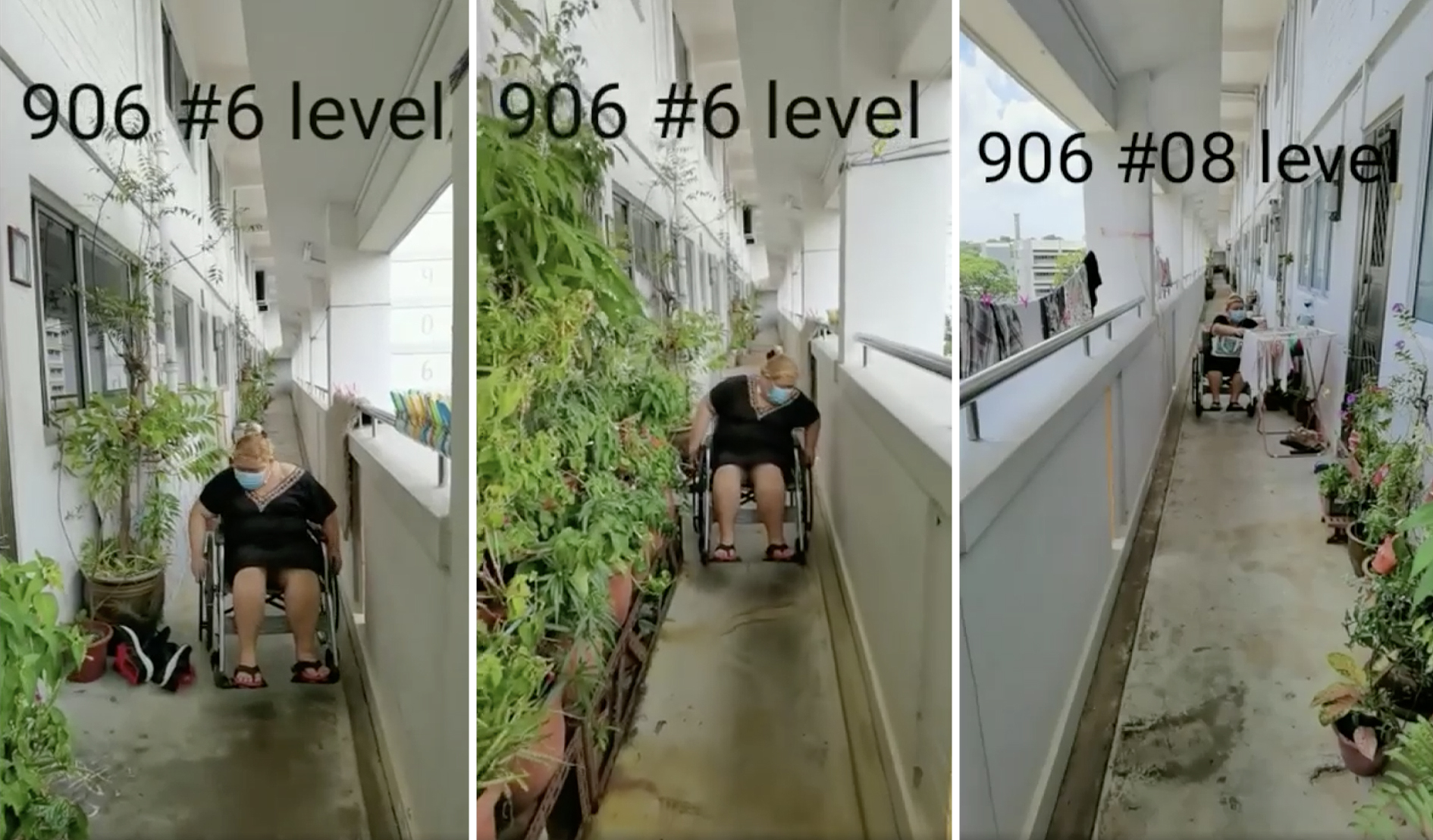
However, she experiences difficulty accessing the lift to go her dialysis treatments because of the many potted plants and obstacles outside her neighbour’s flats along the common corridor.
Although the neighbours have since removed the plants after the Town Council issued a written warning, Cocoanna Christian still doesn’t have direct lift access. This is due to the block’s layout, resulting in technical constraints and making it impossible to add new lift shafts to serve all units.
With Singapore’s fast-growing ageing population, having direct lift access for all households is more crucial than ever.
As of Feb 2021, 28 applications have been submitted for the LHG, with 22 given the green light and 4 still pending evaluation.
3. Smart solutions
Depending on the design of the apartment blocks, different types of lifts will be needed for retrofitting. It’s impossible to go with a one-size-fits-all approach as some blocks have different configurations.
HDB has introduced innovative technical solutions such as installing smaller lifts in some low-rise blocks to accommodate a wheelchair and one to two standing persons.
In 2007, residents in Clementi and Tampines had a doorway carved out in their homes to make way for separate lift shafts and new lift landings that connected directly to their flats.
This solution was to negate ‘half-landing’ lifts, which meant having to climb a flight of stairs in order to access the upgraded lifts.
Other interesting solutions, for example, the bubble lift, have been implemented in areas such as Buffalo Road in Little India and Sims drive in Aljunied. Instead of being enclosed, these glass lifts adopt a shaftless design.
Passengers get to enjoy a view of the outside scenery, and children can’t get enough of it. One plus point of bubble lifts is the cost of the build is cheaper than that of an enclosed lift.
Other solutions, such as the Pneumatic Vacuum Elevator (PVE) and the Vertical Platform Lift (VPL), were piloted in 2005 but were ultimately found unfeasible.
4. Modern technology in new lifts
On top of the LUP and LHG, HDB is modernising more than 18,500 lifts over the next decade under the S$450 million Lift Enhancement Program (LEP). That’s a lot of acronyms, we know. But it’s all for the benefit of HDB residents.
LEP only applies to lifts that are less than 18 years old from the start of the programme. Older lifts that have accumulated wear and tear over decades will be replaced entirely.
These lifts will be equipped with recommended features according to the protocol set by the Building and Construction Authority (BCA). More safety features are included to protect passengers, such as the lift doors remaining open when passengers stand too close to the edge as well as keeping the stopping time of doors under 200 milliseconds. Closed-circuit televisions will also be installed to monitor any issues that may arise.
To minimise inconvenience, one lift per block will undergo upgrading at any one time. The period of completion is just two weeks.
The programme aims to reduce the frequency of lift breakdowns. In April 2021, both lifts at Block 196 Kim Keat Avenue stopped functioning for six hours, trapping a 75-year-old man on the thirteenth floor for 30 minutes. More than 20 residents were affected, with several elderly residents amongst the ones who couldn’t return home.
After being rescued, the man still had to climb the stairs to get to his unit. However, he started breathing heavily and was so fatigued that his son carried him up several flights of stairs to their unit on the nineteenth floor. Another woman and her granddaughter climbed 11 flights of stairs to get home as they were hungry and couldn’t wait for the lifts to be fixed.
5. It isn’t free
Convenience comes at a cost. A large part of the lift upgrading is heavily subsidised at 75% to 90% of the total cost by the government and town council.
All residents who will benefit from the upgrading are required to share the remaining amount of the upgrading costs, subject to a maximum of S$3000 per household.
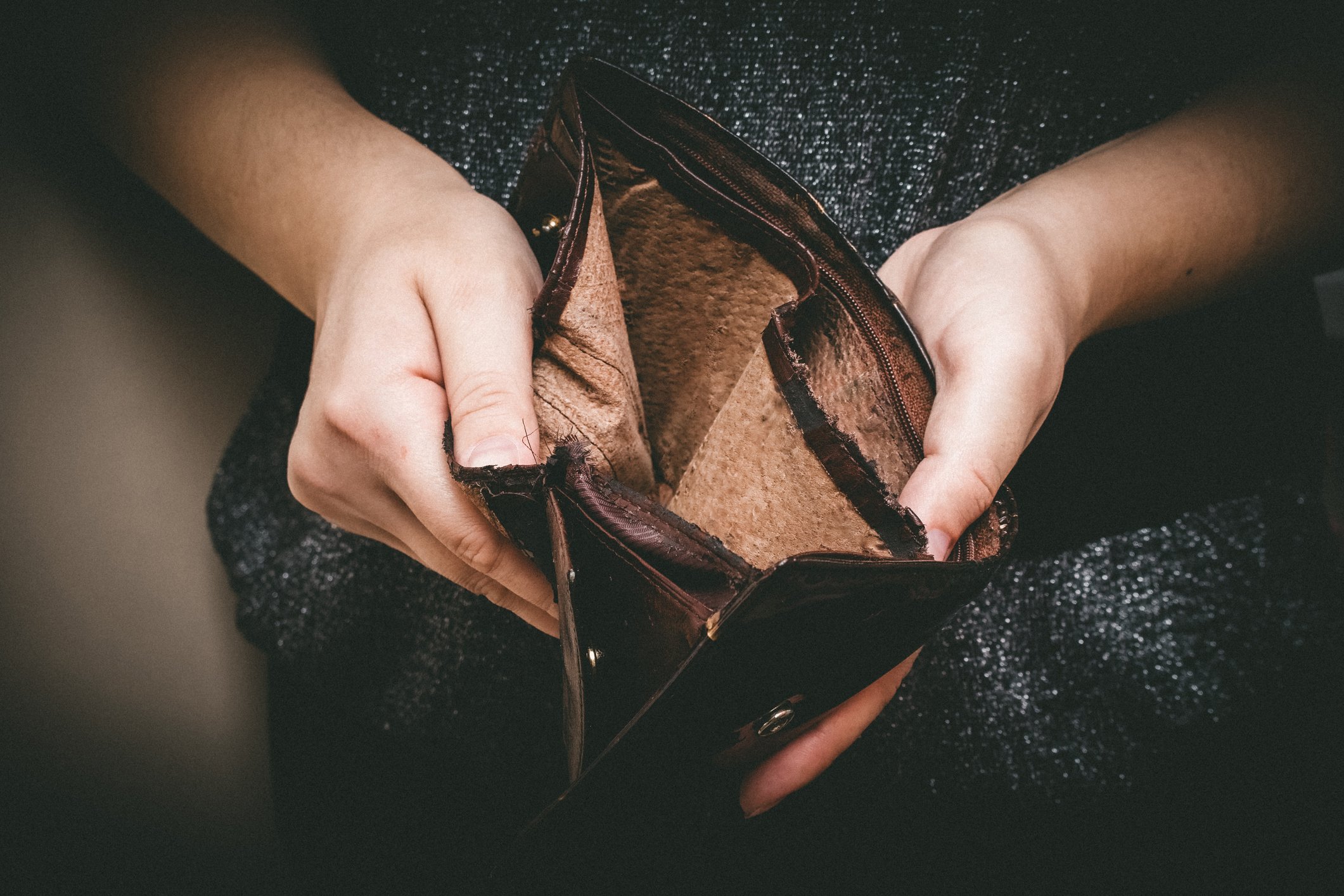
How much is to be paid is determined by the type of flat and configuration of their HDB block.
Some people have expressed unhappiness, saying that the government shouldn’t penalise them for failing to plan ahead when constructing the HDB blocks.

In the event that all owners of a household are Singapore permanent residents, they’re required to fund the full upgrading cost, sans subsidies. The only way to have the upgrading subsidy reimbursed is for the flat owner to obtain Singapore citizenship within one year from the date of billing.
6. Residents can reject upgrading
HDB takes into consideration a handful of factors before selecting blocks for upgrading, such as:
• Age of the block
• Needs of the residents
• Technical viability
• Cost of upgrading
They will then conduct a poll and notify residents of the lift upgrading proposals and plans through an exhibition. Each houseful will indicate if they’re for or against the upgrading.
At least 75% of the Singaporean citizen households in the block must agree to the upgrading before it can proceed. Non-citizen residents have no polling rights. In some rare cases, residents may reject the upgrading altogether.
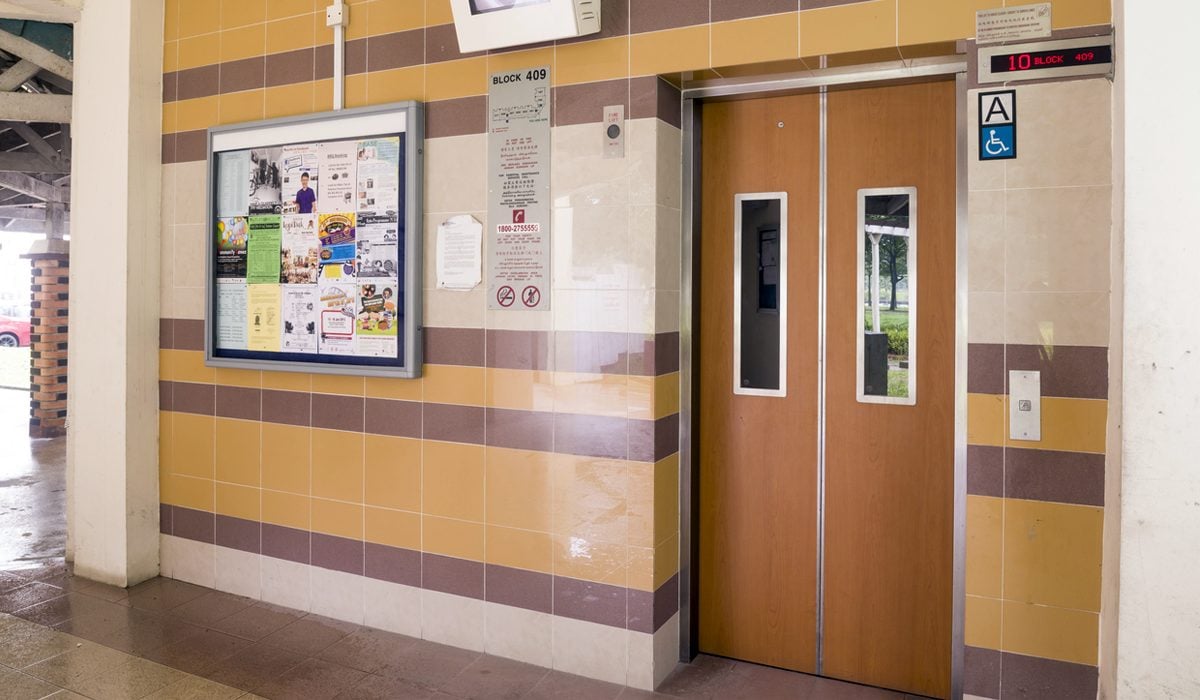
Some reasons include having to pay for it, or due to the majority of residents who feel they won’t get much value out of the upgrading. This is especially for residents living in blocks with staggered lift access who don’t find walking up or down one level to access the lift a hassle.
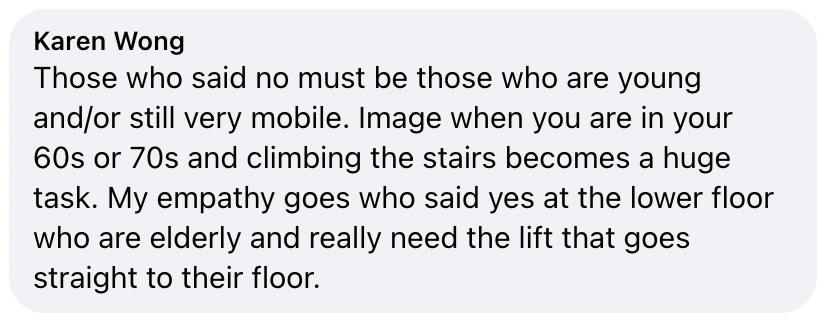
7. It takes one year for upgrading to be completed
After polling for residents’ approval for the upgrade, it takes up to six months for underground service diversion works to be completed before the upgrading can even begin.
Cables and pipes need to be disconnected to make way for the new lift shaft, so you can expect minor disruptions to your water, electricity, gas and telephone services. Foundations and supports for the lift shaft will take about three months to be created, after which new lift shafts are installed over three more months.
The next half of the year will see electrical, mechanical and architectural works, as well as multiple rounds of rigorous testing to ensure utmost safety for the residents.
In some cases, the time taken to complete upgrading may be extended in lieu of reasons such as:
• Complicated block layout
• Proximity to rail lines
• High traffic areas disrupting upgrading
• Changes in design during construction
However, in the grand scheme of things, a year isn’t that long to wait to enjoy the ease of convenience.
Until the government figures out a way to provide direct lift access to the rest of the 2000 units, its residents will just have to contend with climbing the stairs as part of their daily routine.
Does your HDB block have lifts? Let us know in the comments section below or on our Facebook post.
If you found this article helpful, check out HDB flats without lift access suck more than you think and 3,000+ HDB lifts in PAP town councils to get long-awaited safety upgrades.
Looking for a property? Find the home of your dreams today on Singapore’s fastest-growing property portal 99.co! If you would like to estimate the potential value of your property, check out 99.co’s Property Value Tool for free. Also, don’t forget to join our Facebook community page! Meanwhile, if you have an interesting property-related story to share with us, drop us a message here — and we’ll review it and get back to you.
The post 7 things about HDB lifts you probably didn’t know about appeared first on 99.co.

